Arduino is an open-source hardware platform consisting of a board equipped with a microcontroller and a development environment (software). It is specifically crafted to simplify the integration of electronics into diverse interdisciplinary projects.
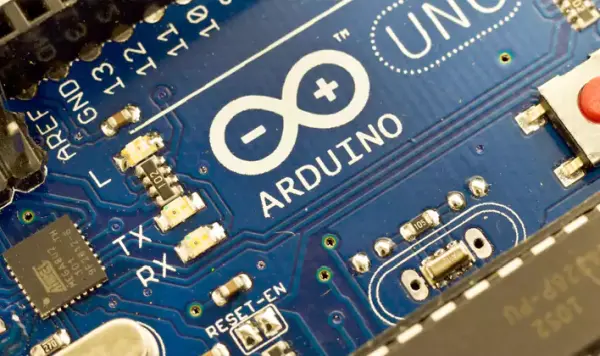
Today, we’ll delve into understanding Arduino and its defining features. Arduino stands out as one of the most sought-after microcontroller platforms among developers. Unlike Raspberry Pi, Arduino doesn’t adhere to a single model; instead, it provides open hardware specifications, allowing various manufacturers to produce their own boards.
We’ll begin by elucidating the concept of Arduino, highlighting its uniqueness compared to other projects and its potential applications. Subsequently, we’ll explore the functioning of Arduino boards, followed by a glimpse into a few sample projects that can be realized using Arduino.
What is Arduino
Arduino, an open-source electronics development platform, offers a foundation built on free, adaptable hardware and user-friendly software, empowering creators and developers alike. Within this platform, users can fashion various single-board microcomputers tailored to a diverse array of applications, fostering a collaborative community of innovation.
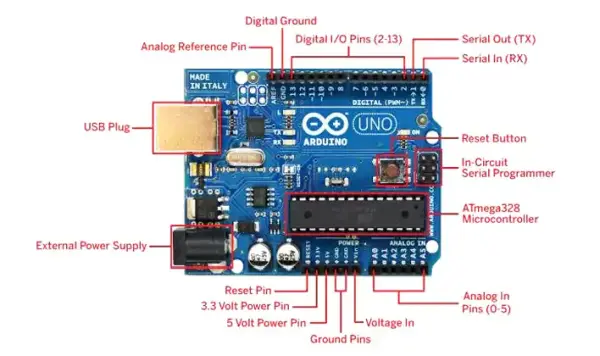
To grasp this concept, it’s essential to understand the principles of open hardware and open software. Open hardware refers to devices whose specifications and schematics are publicly available, enabling anyone to replicate them. Arduino exemplifies this by providing a foundation for others to develop their own boards, which may vary in design but remain equally functional when built upon the same foundation.
Similarly, open software refers to computer programs whose source code is accessible to anyone, allowing for usage and modification by interested parties. Arduino facilitates this through its Arduino IDE (Integrated Development Environment) platform, providing a programming environment where individuals can create diverse applications for Arduino boards, catering to a wide range of needs and purposes.
Origin of Arduino project
This Arduino initiative originated in 2003 with the aim of simplifying access to and utilization of electronics and programming. It was conceived by several students from the Institute of Interactive Design in Ivrea, Italy. Their objective was to provide electronics students with a more affordable alternative to the widely-used BASIC Stamp boards, which were considerably pricey at the time, making them inaccessible to many.
Their diligent efforts resulted in the creation of Arduino, a board equipped with all essential components for interfacing peripherals with the inputs and outputs of a microcontroller. Moreover, Arduino can be programmed on various operating systems including Windows, macOS, and GNU/Linux. This project embodies the philosophy of “learning by doing,” emphasizing that practical engagement with the project is the most effective means of learning.
How Arduino Works
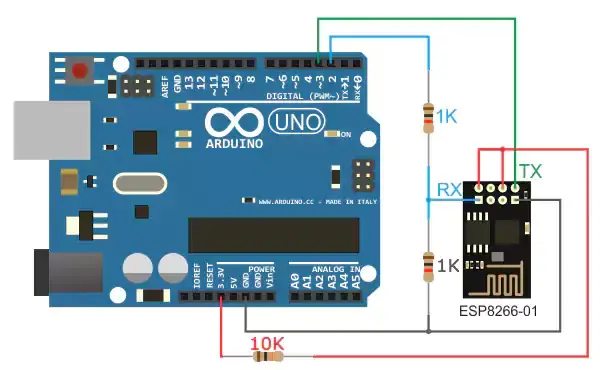
The Arduino board is built around an ATMEL AVR microcontroller, which serves as its core processing unit. Microcontrollers are specialized integrated circuits capable of executing programmed instructions. These instructions, composed using the Arduino IDE programming environment, enable users to develop programs that interact with the board’s internal circuitry.
Among the widely utilized microcontrollers in Arduino platforms are the Atmega168, Atmega328, Atmega1280, and ATmega8, valued for their simplicity. However, the platform is expanding to include Atmel microcontrollers with 32-bit ARM architecture and Intel microcontrollers.
Arduino microcontrollers feature communication ports and input/output ports, facilitating connection with various peripherals. Data from these peripherals is transmitted to the microcontroller for processing.
In addition to the hardware, Arduino provides a software ecosystem encompassing a development environment (IDE), tailored to Arduino programming language. This environment offers tools for transferring firmware to the microcontroller and executing the bootloader on the board. The hallmark of Arduino software and its programming language lies in their simplicity and user-friendliness.
Arduino aims to democratize interactive project development, offering a straightforward approach accessible to everyone. The process typically involves downloading and installing the IDE, searching online resources for relevant code snippets, and uploading the code to the hardware. Subsequently, users connect peripherals as necessary, enabling software interaction with the hardware. This approach requires minimal financial investment, comprising the cost of the Arduino board and peripherals.
Arduino is not confined to a single board model but rather represents a project encompassing various board designs. These boards come in diverse shapes, sizes, and colors tailored to the specific requirements of different projects. They range from basic to advanced, serving purposes like Internet of Things (IoT) applications or 3D printing. The features of these boards vary, influencing their pricing accordingly.
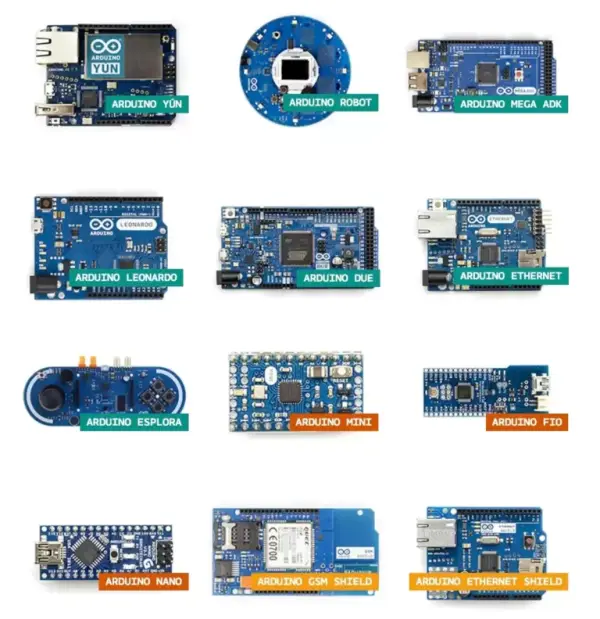
Furthermore, Arduino boards incorporate additional components known as Shields or backpacks. These are supplementary boards that interface with the main board to extend its functionality, offering a wide array of features. These include GPS modules, real-time clocks, radio connectivity modules, LCD touch screens, development boards, and various other elements. Dedicated stores often provide specialized sections catering to these items.
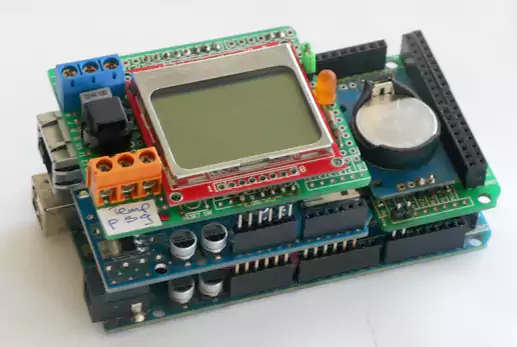
What is Arduino used for? what you can do if you have Arduino.
Arduino enables the creation of standalone components that connect to devices and interact with both hardware and software. It facilitates tasks such as controlling elements, such as a motor adjusting a blind based on ambient light detected by a connected sensor, or interpreting data from sources like keyboards or web pages to trigger actions like illuminating a light or displaying typed text.
With Arduino, automation of various processes is achievable, leading to the creation of autonomous agents, often referred to as robots. Whether it involves controlling lights, devices, or any imaginable task, Arduino-based solutions are viable, particularly in the realm of Internet-connected device development.
Arduino technology boasts a steep learning curve, requiring only fundamental programming and electronics knowledge, thereby enabling project development across diverse fields such as Smart Cities, Internet of Things (IoT), wearable devices, healthcare, entertainment, education, and robotics.
Importance of Arduino community
An essential element contributing to Arduino’s success is its vibrant community. This community actively supports development efforts, shares knowledge, creates libraries to simplify Arduino usage, and showcases projects for replication, enhancement, or as inspiration for related endeavors.
Below is how the first official Arduino looks like
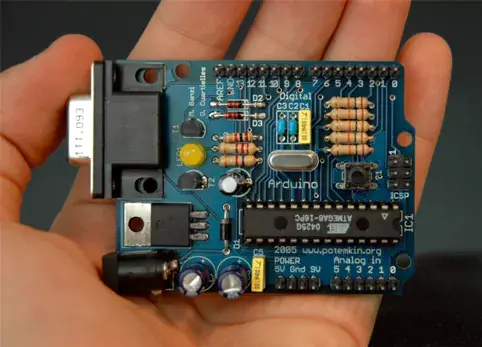
Arduino streamlines microcontroller usage and presents several benefits: affordability, compatibility across multiple platforms, a user-friendly programming environment, free and customizable software via C++ libraries, and open-source hardware.
Engaging with Arduino involves navigating various technology concepts initially disparate but integrated within its framework: digital and analog electronics, electricity principles, programming fundamentals, microcontroller operations, signal processing techniques, communication protocols, processor architecture understanding, mechanical aspects, motor control, and electronic board design, among others.
Importance of Arduino in the Hardware world
Arduino, along with open-source hardware in general, has emerged as a significant player not just within the maker community but also in the hardware manufacturing sector.
A comprehensive analysis of the hardware industry’s landscape in 2016 can be found at the provided link. This period witnessed a surge in the development of inventive products, accompanied by enhanced tools for prototyping and manufacturing. Accessibility to and familiarity with these tools are progressively becoming widespread. Notably, Arduino, Raspberry Pi, and 3D printers have emerged as prominent tools among this array of resources.
